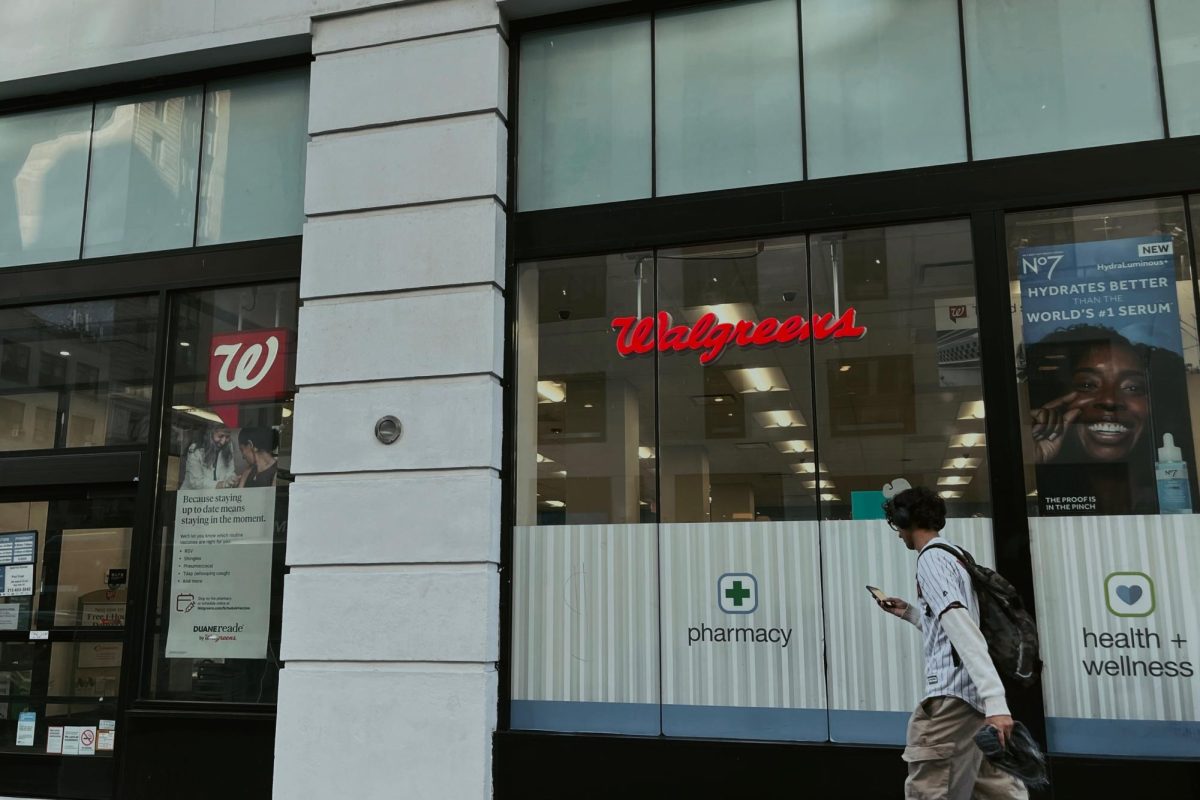Walgreens announced it will be closing 1,200 stores nationwide by 2028, with 500 closing in 2025. The closure of almost 14% of locations has been attributed to low drug reimbursement rates and low consumer spending.
The decision came as a result of Walgreens changing its overall business strategy. Walgreens has struggled to stay above water for a few years in a row, with 2024 earnings down by 27.9% — the fourth quarter’s earnings were down 40.8%.
The company’s stock returns have been in the red for a while, with year-to-date return down more than 55% and 3-year returns down 73.78%. Walgreens Boots Alliance Inc., the owner of Walgreens, now plans to cut operational expenses by closing underperforming locations that are either nearing the end of their leases, experiencing higher theft rates, or selling stores that the company owns. This effort aims to raise capital and cover some of the company’s debts.
The closures could create “pharmacy deserts” in rural and impoverished communities, where local pharmacies are already struggling due to underpayment from pharmacy benefit managers, which are third-party companies hired to oversee prescription drug benefits.
Senior Vice President and Chief Pharmacy Officer of Navitus Health Solutions, Brent Eberle, expressed an optimistic outlook on the issue in an interview with CNBC.
“That just creates opportunities for entrepreneurs to come in and start their independent pharmacy and service that area that needs it,” Eberle said. He added that reducing the market share of a corporation like Walgreens could benefit people by creating more opportunities for small business growth.
Walgreens is not the only struggling retail pharmacy. CVS Pharmacy Inc. will close 300 stores by the end of the year, with strikes expected at seven California locations. CVS reported higher earnings for the 2023 fiscal year and the first quarter of 2024, but its stock has declined, with year-to-date returns down 21.26% and a three-year return of -23.10%.
CVS’s recovery, following a significant earnings drop in 2017, is attributed to similar store closures and a new strategy focused on renegotiating drug reimbursements. In contrast, Rite Aid Corp. has filed for bankruptcy protection to address lawsuits related to the opioid epidemic and manage debt totaling nearly $4 billion.
In Walgreens’ Q3 earnings call, WBA CEO Tim Wentworth gave an outline of how the company will shift.
“A year from now you are going to see a company that is more focused, probably has less things that we have now, but also has doubled down on some things where we see a real bright future.”
Categories:
Walgreens to close
October 28, 2024
0
More to Discover








